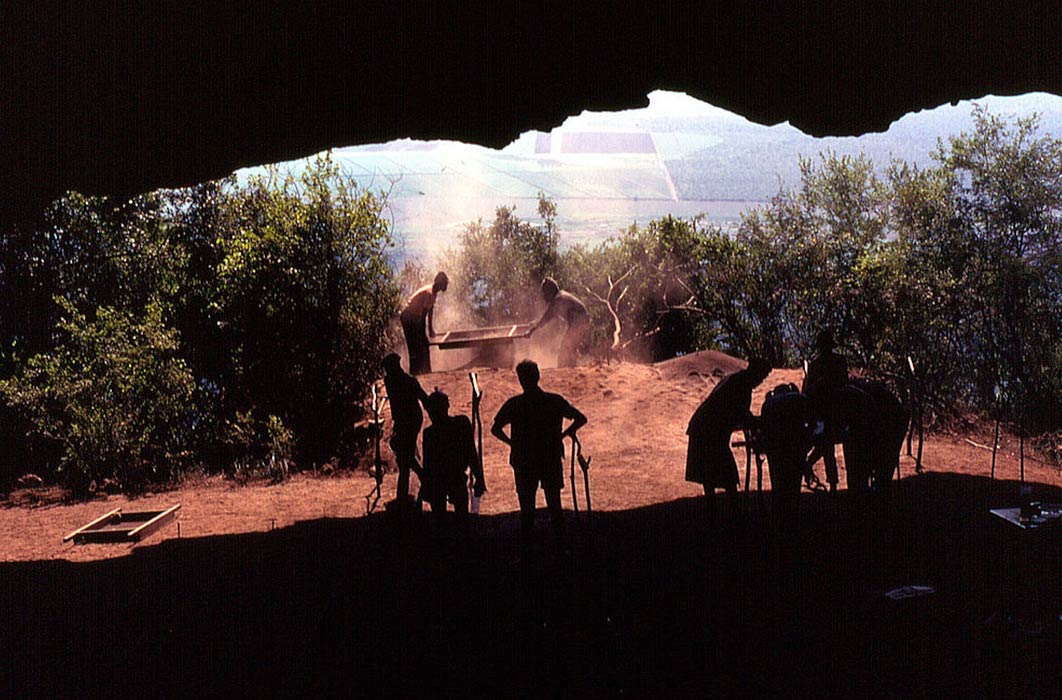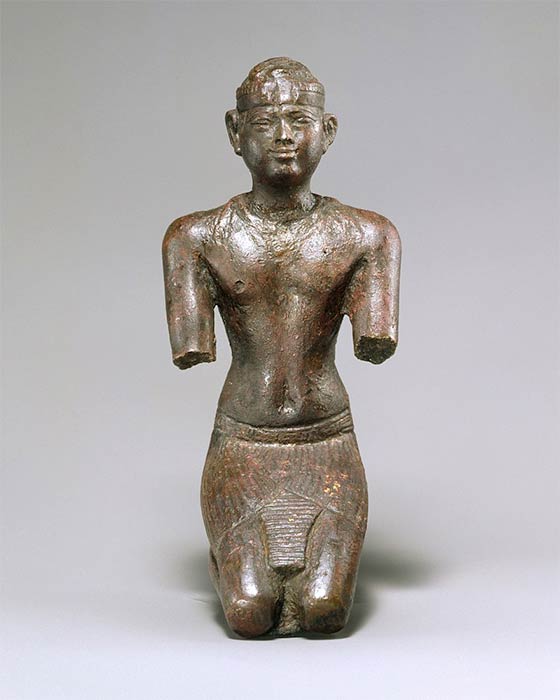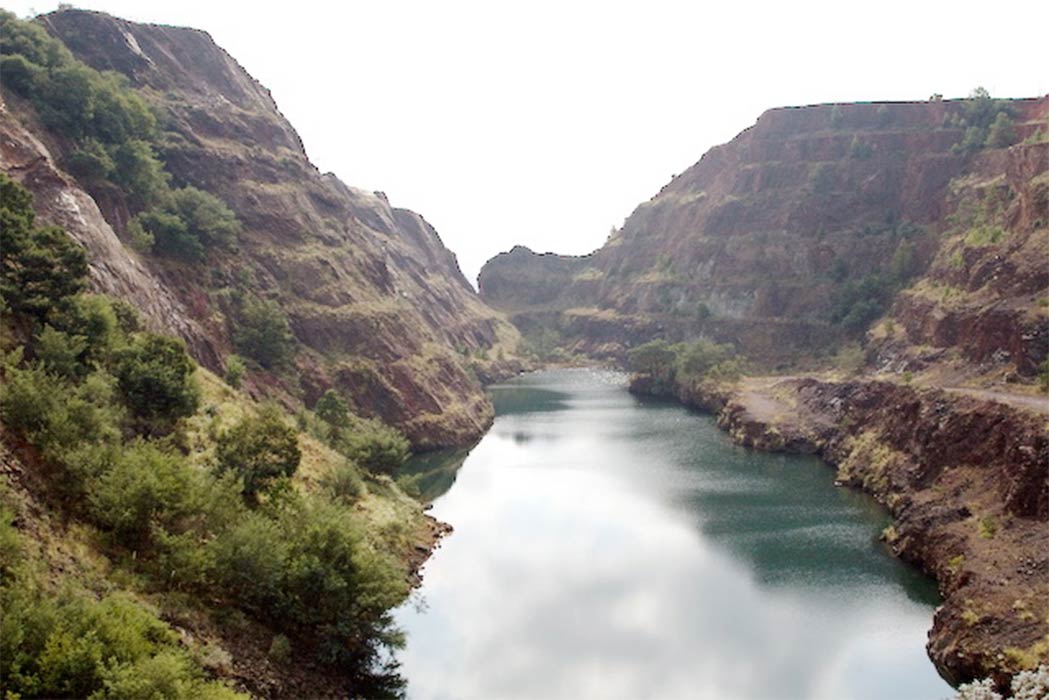
Ancient Mining In South Africa: Specularite Of Enoch’s Shining Gods
Bronze was a prized metal in ancient Egypt and Mesopotamia. It is an alloy of copper and tin and its production requires smelters at temperatures above 1 500 degrees Celsius. It is unlikely to have been produced accidentally by mixing copper and tin rock around campfires. Although it was plentiful in use, appearing inside burial chambers, as art and household items, no smelter remains have been found in Egypt. Bronze must be distinguished from brass. Brass is composed of copper and zinc, whereas bronze is formed from copper and tin. Copper is a relatively soft metal, but the addition of tin and zinc makes it more robust. Egyptian bronze presents an enigma. There are no tin mines in Egypt and Egyptian bronze contains traces of arsenic and nickel-iron. This contamination is unique to Egyptian bronze. It is also unique to ancient bronze smelters in the Blaauwbank district of South Africa. Ancient mining in South Africa indicates the existence of an ancient advanced civilization thousands of years before it emerged in the Levant.

Ancient Egyptian statuette of a Kushite pharaoh; 713–664 BC; bronze, precious-metal leaf; Metropolitan Museum of Art (CC0)
Ancient Iron Mines in South Africa
South Africa is known as the world’s richest resource of precious and industrial minerals. It is conceivable that ancient civilizations were aware of this and that they had left evidence of their presence and use of these metals in southern Africa. Present consensus in SA is that the discovery of most metals is dated from the middle 1800s, but evidence abounds of deep mining operations thousands of years before then. The archaeologist Percy Wagner distinguishes between two periods of mining operations of archaeological significance: Prehistoric mining, which he calls ‘ancient mining’, and modern-day mining by indigenous races in Southern Africa. Ancient mining is of two types: Surface mining, where minerals used for utensils and cosmetic or ritual purposes were scratched with stone tools from shallow deposits, this includes chalk (kaolin) for clay pots; and deep mining which penetrates down to about three and a half meters (11 to 12 feet).

Sites of interest: Location of Blaauwbank in Limpopo province South Africa (Image: Author provided)
Present academic and popular writings are silent about ancient mining, but writings of the middle 1900s give authoritative evidence about such mining. The historian Gustav Preller gives a glimpse about this in his book, Daglemier in Suid-Afrika. The oldest mining operations in the world, more than 40,000 years ago, occurred in Southern Africa. This was at Border Cave, in the Ngwenya mountain range on the border between South Africa and Swaziland. The cave is also called the Bomvu cave, named after the region. This cave was first investigated in1934, when scientists found various pieces of fossilized human skull and bone in the cave, including an infant skeleton lying in a shallow grave in a Middle Stone Age stratum. But since radiocarbon dating had not yet been developed and the bones were of modern type, they evoked little interest.

Ngwenya mine is the oldest known mine in the world, where hematite was mined 40,000 years ago to make paint for cave paintings and probably other uses. (CC BY-SA 2.0)
This lack of interest changed after Anglo-American Corporation started mining operations in 1964 at the Ngwenya mountain range. During initial excavations the miners found ancient mining tools and when the Corporation heard about this, they promptly informed Professor Raymond Dart of the Department of Archaeology at Wits about the find. The celebrated paleoanthropologist immediately sent another experienced archaeologist, Adrian Boshier, to investigate.




